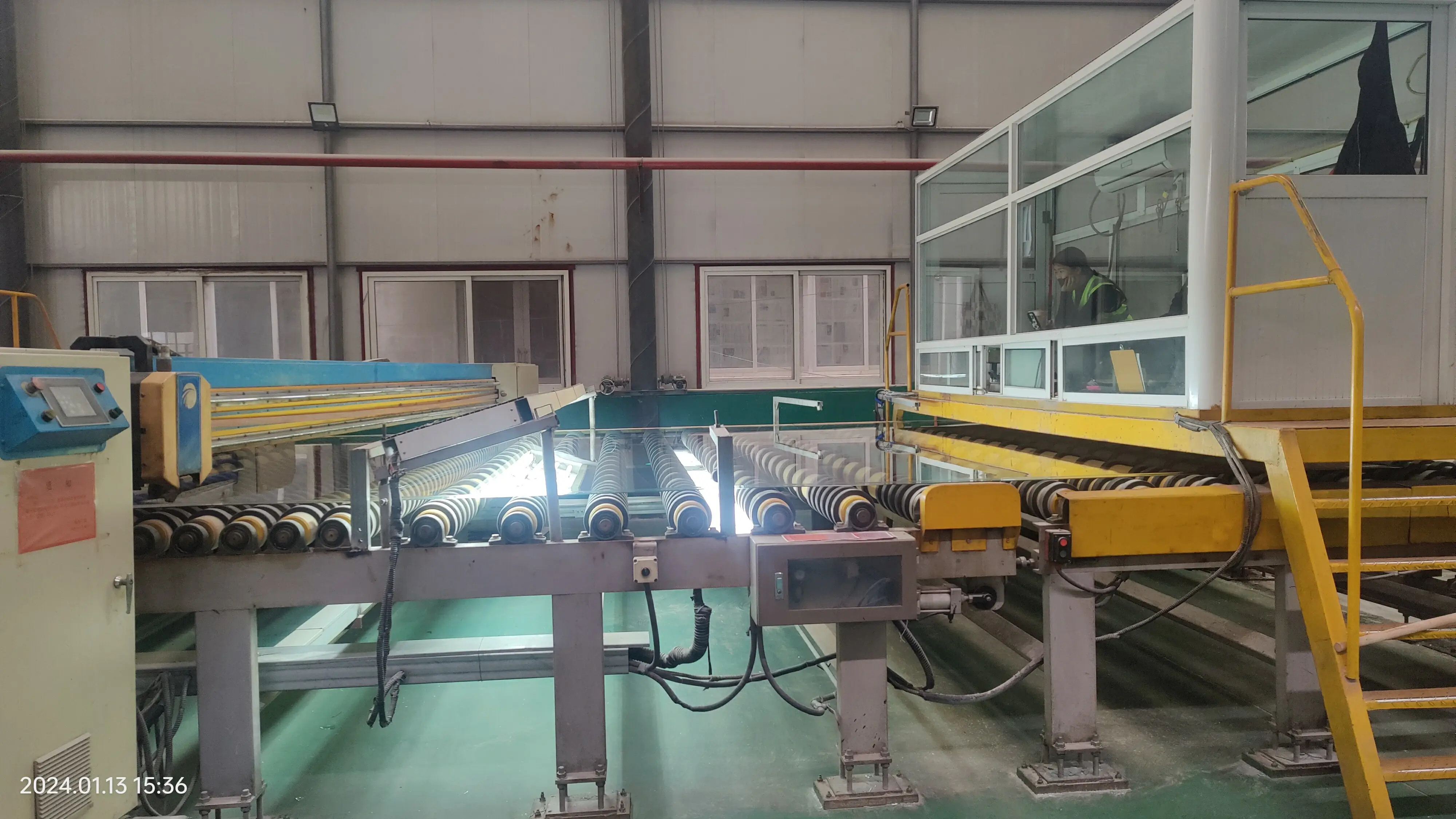

The Process and Advantages of Tin Bath Float Glass
Float glass, a term familiar to those in the glass manufacturing industry, refers to a type of glass that is renowned for its clarity, uniform thickness, and smooth surface. The innovation of float glass stems from the tin bath process, which revolutionized the way glass is produced. This article delves into the tin bath float glass technique, its significance in glass manufacturing, and the advantages it offers.
The Tin Bath Process
The tin bath process, developed in the 1950s, involves the production of flat glass by floating molten glass on a layer of molten tin. The fundamental principle behind this method is the discrepancy in density between the two liquids. When molten glass is poured onto the surface of molten tin, it naturally spreads out and forms a flat, even sheet due to the gravitational forces at play.
1. Preparation The first step involves melting raw materials such as silica sand, soda ash, and limestone in a furnace at extremely high temperatures (approximately 1,400 degrees Celsius). This results in a thick, viscous molten glass.
2. Transferring Glass to Tin Once the molten glass reaches the desired viscosity, it is poured onto the surface of molten tin contained in a large, precisely controlled bath. The tin is maintained at a temperature slightly higher than that of the glass to keep it in a molten state.
3. Floating and Cooling As the glass floats on the tin, it spreads out, achieving a uniform thickness. The width of the glass sheet can be adjusted by controlling the amount of molten glass poured onto the tin bath. As it moves along the tin bath, it cools down gradually, which helps to minimize internal stresses within the glass.
4. Annealing After achieving the desired thickness and dimensions, the glass enters an annealing lehr, where it is slowly cooled to room temperature. This critical step helps to relieve stress and enhance the durability of the glass.
5. Cutting and Finishing Once cooled, the glass is cut into sheets of various sizes and undergoes additional treatments, depending on its intended application.
Significance in Glass Manufacturing
The introduction of the tin bath method marked a significant technological advancement in glass manufacturing. Prior to this process, methods such as cylinder and plate glass production were used, which often resulted in imperfections and variations in thickness. The tin bath process allows for the continuous production of high-quality, uniform glass sheets that meet the rigorous demands of various industries.

Advantages of Tin Bath Float Glass
The tin bath float glass technique offers numerous advantages that have made it a preferred choice for manufacturers and consumers alike
1. Clarity and Quality Float glass produced via the tin bath process features exceptional clarity and transparency. The absence of distortions or bubbles results in a flawless surface that enhances the aesthetic value of glass products.
2. Uniform Thickness One of the hallmark features of float glass is its uniform thickness, which can be maintained to within millimeters. This property is crucial for applications requiring precise measurements, such as in architectural glazing and automotive windows.
3. High Strength and Durability The annealing process significantly improves the strength of the glass. Float glass can withstand various stresses, making it suitable for both residential and commercial applications.
4. Versatility Tin bath float glass can be manufactured in various thicknesses and sizes, catering to diverse needs, from windows and mirrors to glass doors and facades.
5. Energy Efficiency The production process is designed to be energy-efficient, reducing waste and minimizing the environmental impact associated with glass manufacturing.
6. Safety Float glass can be tempered or laminated, enhancing its safety features. This makes it ideal for use in environments where breakage could pose a risk to safety, such as in high-traffic areas.
Conclusion
In conclusion, the tin bath float glass process has transformed the glass manufacturing industry by enabling the production of high-quality, uniform, and durable flat glass. Its numerous advantages—from clarity and strength to versatility—make it an essential material in various applications. As technology continues to advance, the tin bath process is likely to evolve further, continuously enhancing the quality and sustainability of glass products in the market.